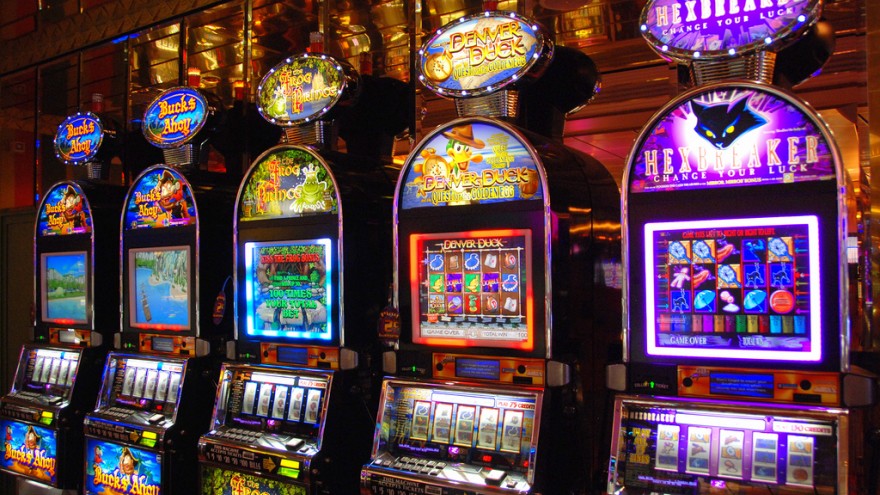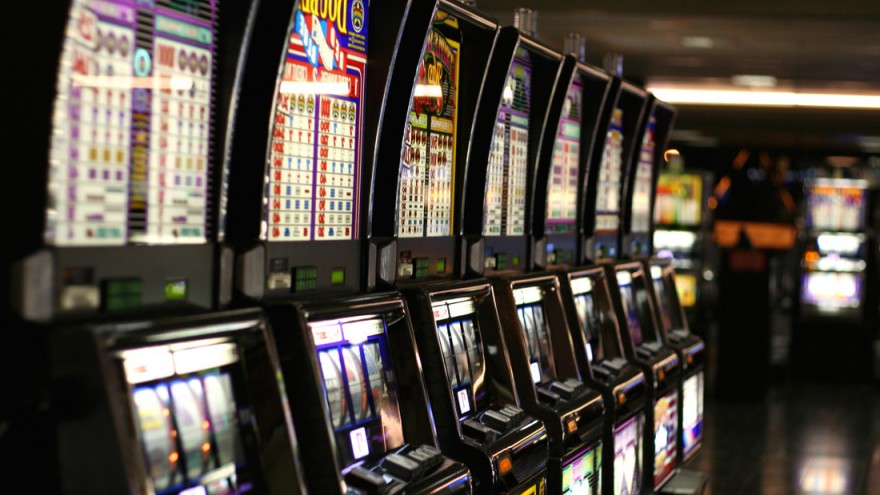It is a fine balance that the designers of gambling games must maintain to keep casino-goers glued to the slot screens. Reward the user too often and they lose motivation to wager more money, let them win too rarely and they become frustrated and give up altogether.
Because of this, modern slot machines are made with fine-tuned mathematical margins based on the psychological principles described by B.F. Skinner almost 50 years ago. Skinner was a professor of psychology at Harvard University who investigated human behaviour. He devised an experiment in which he tested psychological tension and release by putting pigeons in a box with a food container that was controlled by a temperamental lever. Skinner designed the food container to sometimes give the pigeons food when they pressed against the lever.
The pigeons would press against the lever but food would not appear every time they did so. This incited expectation and delayed satisfaction in the animal, incentivising them to press the lever more frequently. Skinner observed that the birds would become agitated and lose interest if the reward came too rarely and if the reward was released too often, the pigeons would not push the mechanism as regularly.
That is why the game developers of slot machines pour considerable resources into creating the most attractive facades for the gambling devices in addition to the fickle reward margins, appealing to human senses to sustain a relationship between the player and the machine.
As humans, we match patterns visually and recognise symbols in categories. Slot machines play on this with random outcomes. When one sees the images fall into place and form a combination on the gambling machine’s interface, there is a specific subconscious charge that occurs. This psychological return is bolstered by attractive graphics and engaging interactivity.

The motion graphics and music of slot machines provide some sensory reward even when you have just lost money. Flashing lights and audio fanfare invite the user to try their luck again, minimising the indication of loss as much as possible and veiling it with a sense of celebration.
Slot machines also create the illusion of skill. The purely random nature of gambling machines is dressed up with modern touch-screen functions and prompts that do not affect the result of the game. A number of players start to feel an affinity and preference for a certain kind of machine because of this haptic relationship.

Gambling machines are styled with different themes and artworks that various kinds of people can relate to. Bally Technologies in Las Vegas, one of the largest manufacturers of slot machines, applies vibrant themes that include pirate treasure artworks, Chinese-inspired Eastern artworks, cowboy & Western artworks, space age artworks and tropical jungle artworks.
Casinos cast a wide net by installing a diverse selection of differently branded machines, but the way they work is the same. It is heightened window-dressing and addictive design that appeals to basic senses which make gambling machines so successful.









